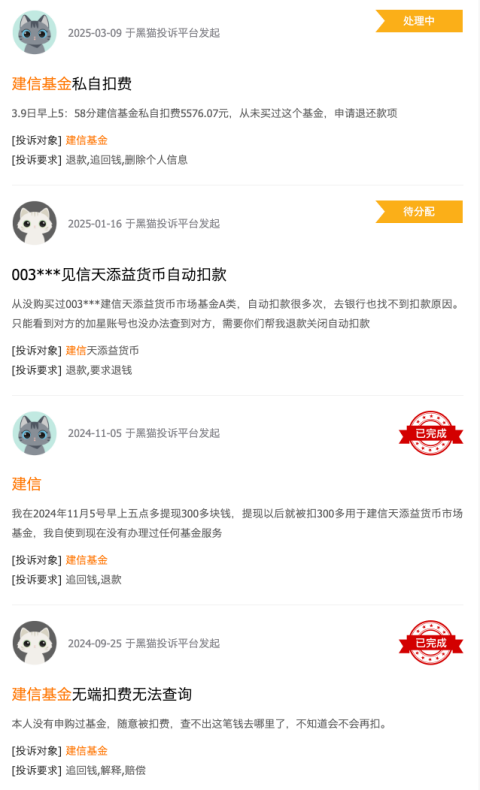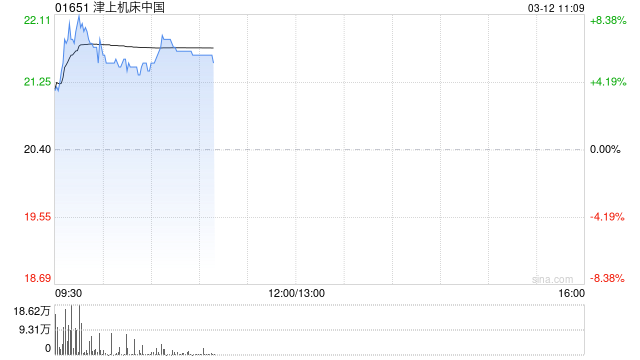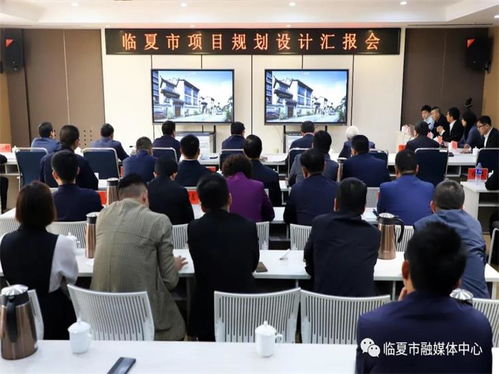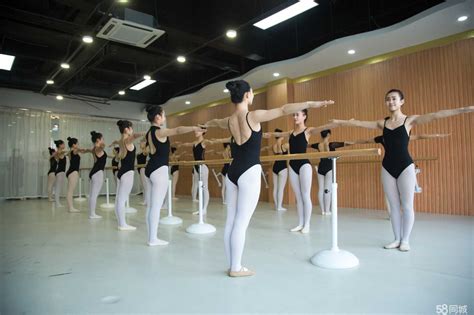中西方服饰文化差异英文论文
Title: A Comparative Analysis of Eastern and Western Education Systems
Introduction
Education plays a pivotal role in shaping the future of individuals and societies. The Eastern and Western education systems have evolved separately, reflecting unique cultural, historical, and philosophical perspectives. This paper aims to provide a comparative analysis of the educational philosophies, teaching methods, curriculum, and assessment practices in Eastern and Western education systems.
Educational Philosophies
The philosophical foundation of Eastern education, particularly in countries such as China, Japan, and Korea, is deeply rooted in Confucianism and other indigenous philosophies. Respect for authority, emphasis on diligence, and holistic development are key tenets of Eastern educational philosophies. In contrast, the Western education system, influenced by the ideals of individualism, critical thinking, and creativity, places greater emphasis on fostering independent thought and innovation.
Teaching Methods
Eastern education traditionally emphasizes rote memorization, a teachercentered approach, and a focus on examinations. In recent years, there has been a shift towards more studentcentered and interactive teaching methods, but the influence of traditional practices still persists. Conversely, the Western education system promotes interactive and discussionbased learning, critical thinking, and handson activities to encourage exploration and experimentation.
Curriculum
Eastern educational systems often prioritize a rigorous curriculum focused on core subjects such as mathematics, science, and language, with an increasing emphasis on incorporating liberal arts and experiential learning. In contrast, Western curricula are more flexible, allowing students to explore a wide range of subjects and develop interdisciplinary skills from an early age.
Assessment Practices
Assessment in Eastern education heavily relies on highstakes standardized tests that determine students' academic and professional futures. The pressure to perform well in these exams is a defining feature of the Eastern education system. In contrast, the Western education system employs a broader range of assessment methods, including projectbased assessments, presentations, and portfolios, aiming to evaluate students' holistic development and critical thinking abilities.
Challenges and Opportunities

While both Eastern and Western education systems have their strengths and weaknesses, they also offer opportunities for learning and improvement. Crosscultural exchange and collaboration can lead to the integration of best practices from both systems, fostering wellrounded educational experiences for students globally.
Conclusion
In conclusion, the Eastern and Western education systems exhibit distinct characteristics in terms of educational philosophies, teaching methods, curriculum, and assessment practices. By understanding the differences and potential synergies between these systems, educators and policymakers can work towards creating inclusive and effective educational environments that nurture the diverse needs and talents of students worldwide.
Overall, the comparison underscores the need for a balanced approach that draws on the strengths of both systems to enrich the educational experiences of students and prepare them for the challenges of the 21st century.
